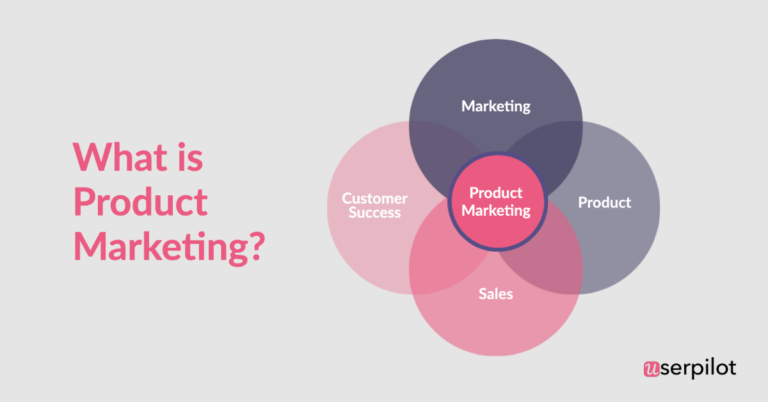What is Product Marketing? A Guide to Boosting Sales
Product marketing acts as a bridge between product development and customer acquisition. It turns new products into successful products in the market. Businesses can understand product marketing for to maximize their return on investment. They can also build stronger customer relationships. This approach includes market research and strategic positioning. It also involves targeted communication to help drive sales growth. This happens in all business sectors. The meaning of product marketing is more than just traditional advertising. It is a method for bringing products to the market. It manages the life cycle of products. It also makes sure products meet customer needs. It helps businesses reach their objectives. Companies that do product marketing well make more money. They also gain a larger market share than their competitors.
